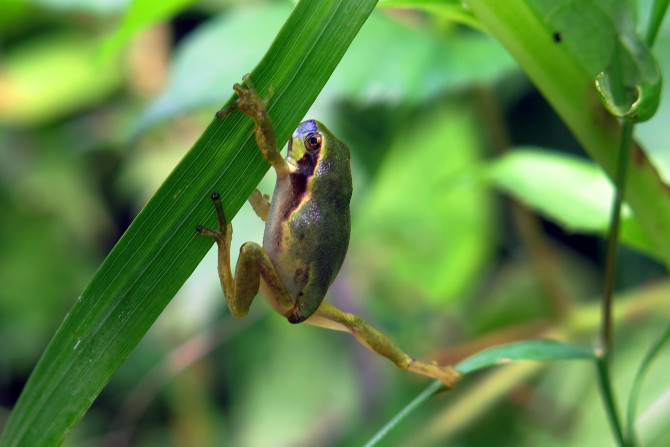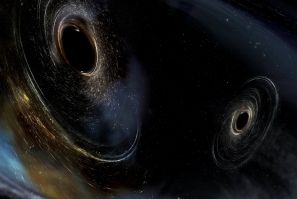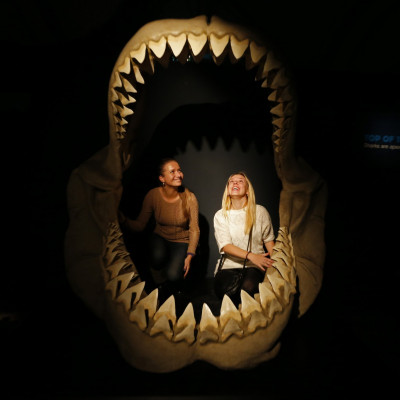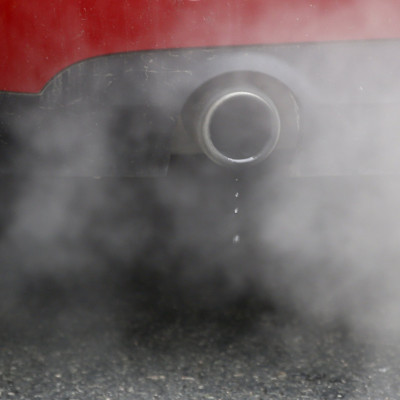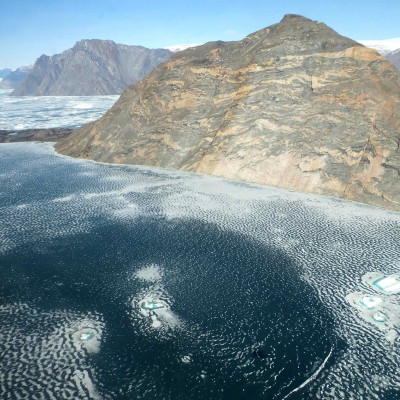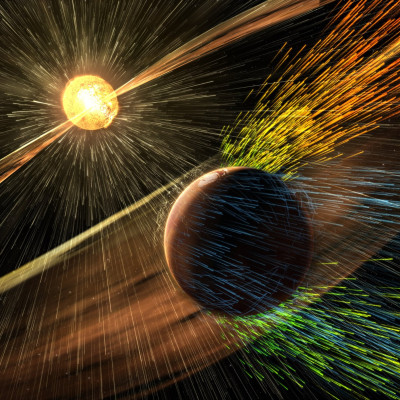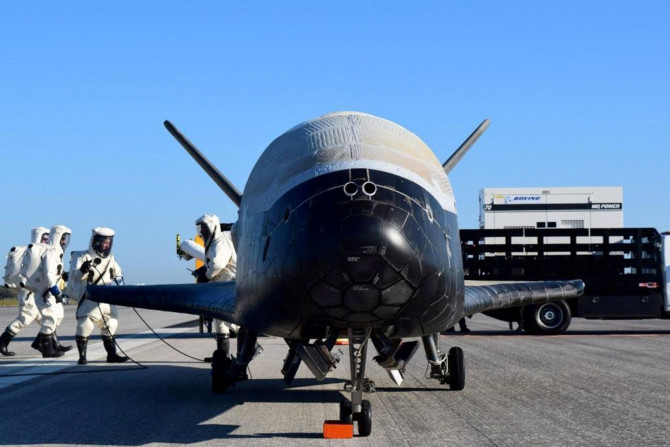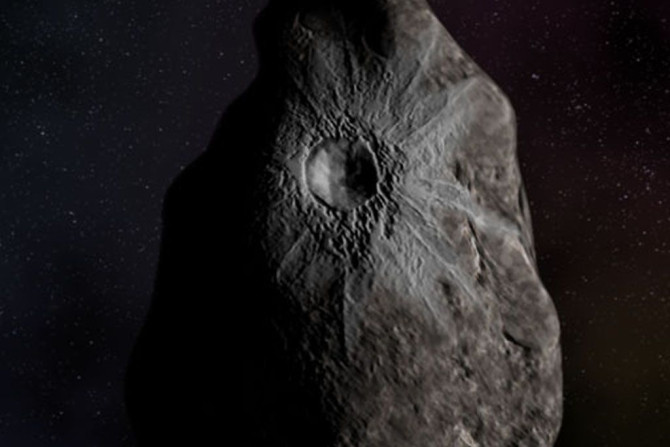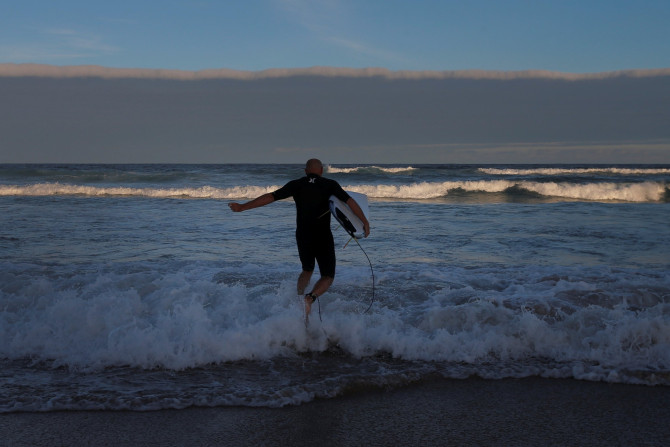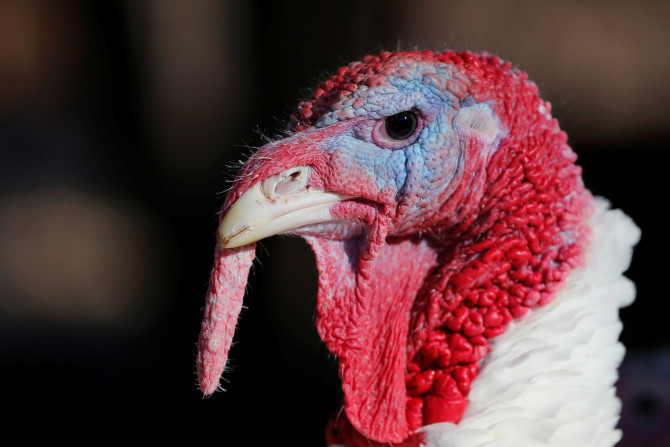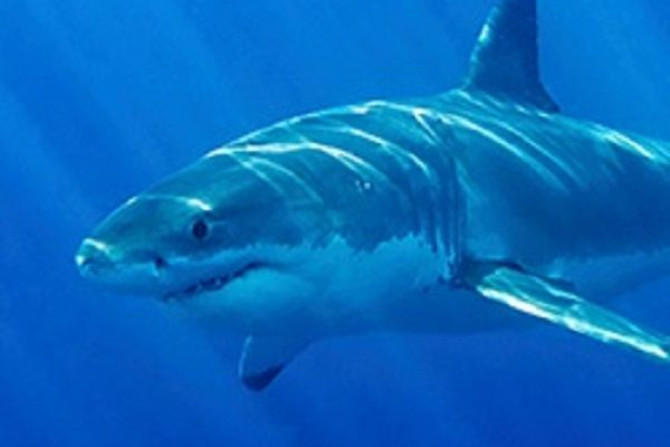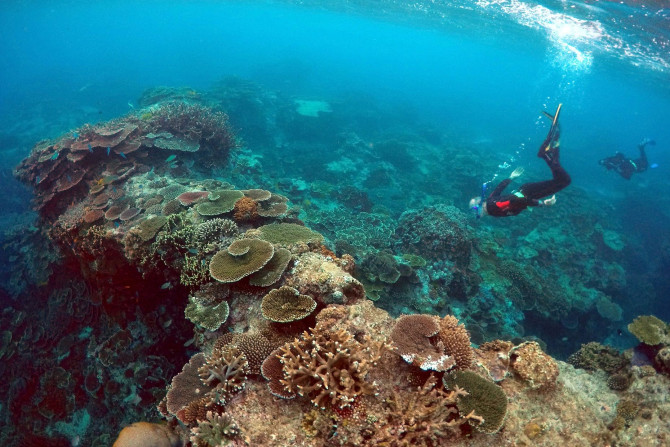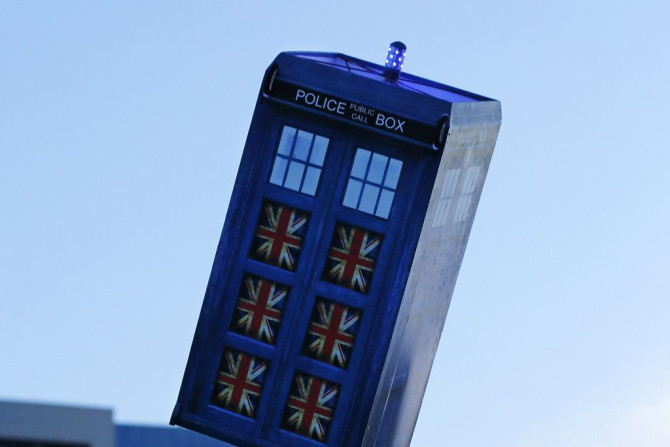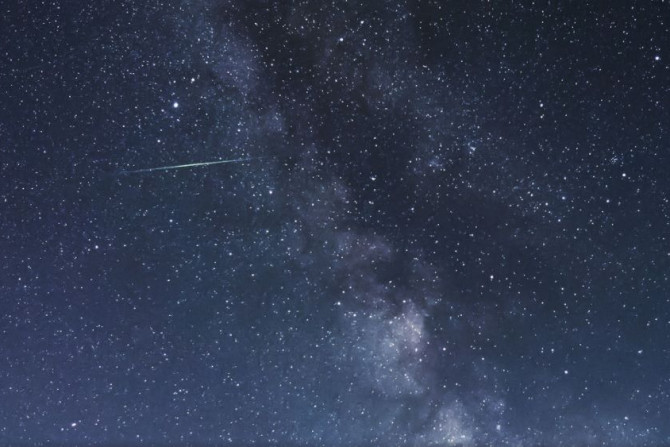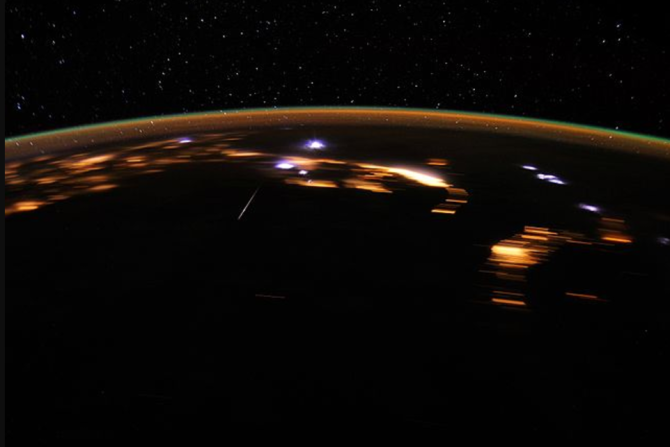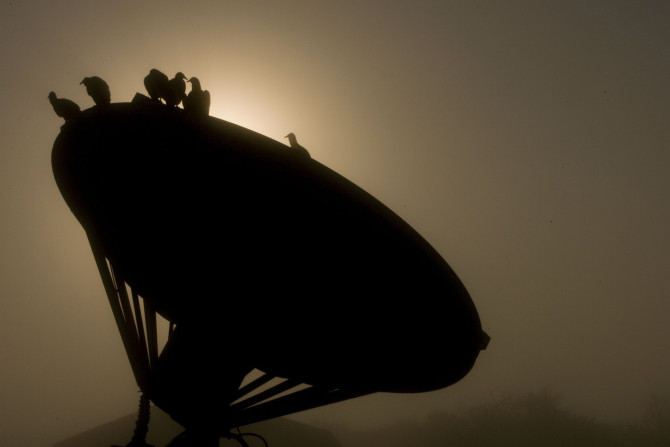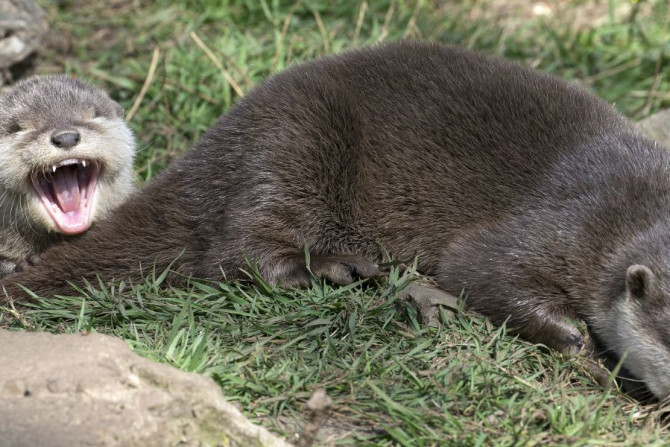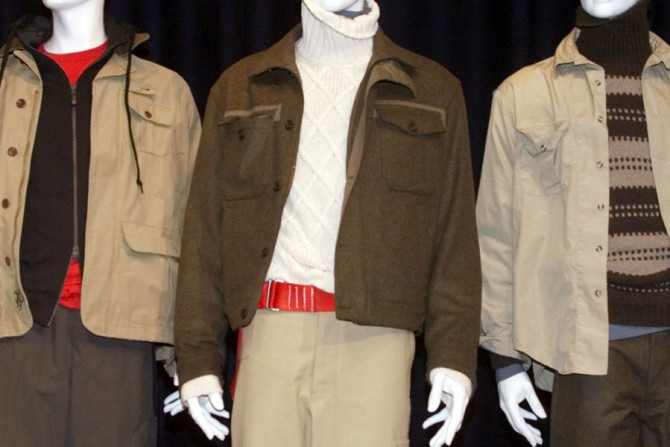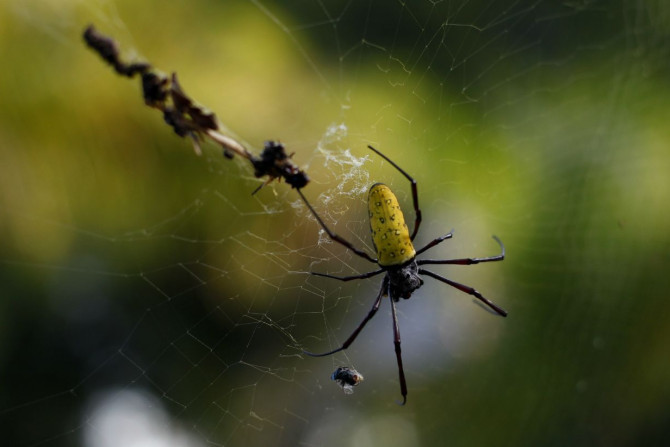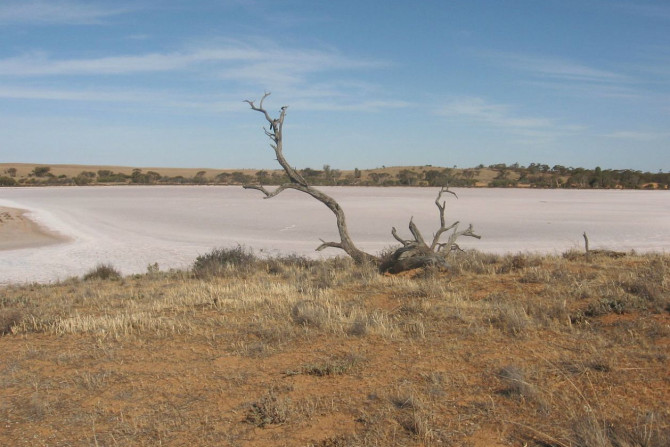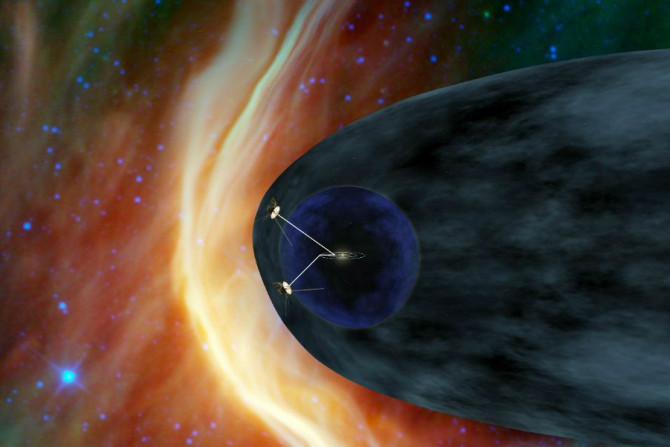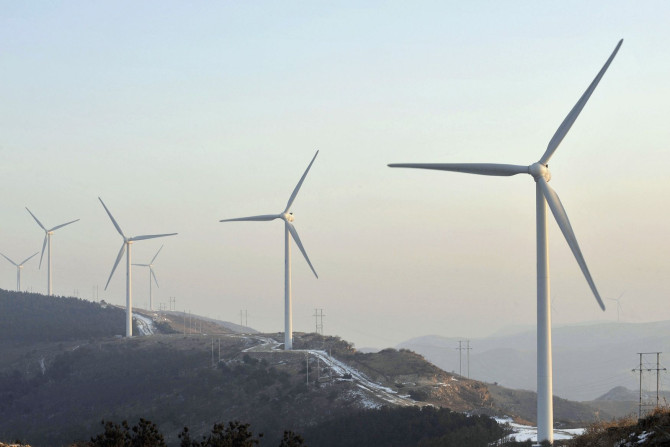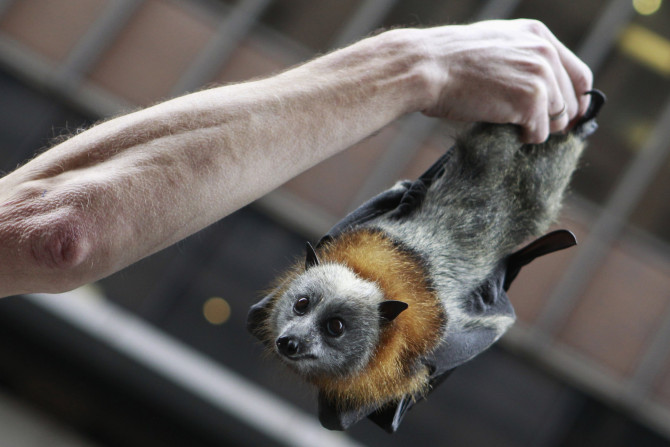World Heritage-listed Great Barrier Reef in Australia is the largest living structure on this planet, and according to a new study, it is worth $56 billion. It is too big an economic driver and ecosystem to fail, the study revealed.
SpaceX has created a record by launching two rockets within three days. The company has completed two back-to-back missions successfully. It is SpaceX’s rapid-most launch turnaround yet.
Aliens are real, or so claimed Anonymous. The hacktivist group has released a video claiming the National Aeronautics and Space Administration (NASA) of the US would be announcing the discovery of alien life.
Gordon Shepherd and his colleague Young-Min Cho, atmospheric scientists at York University, have discovered via a study that waves above planet Earth could have caused a “Nocturnal Sun.”
Tesla CEO Elon Musk’s space mission dreams have received new wings. His Space Exploration Technologies Corp. will be launching way more missions than it launched in the whole of 2016. SpaceX has just successfully fired up another Falcon 9 rocket, the eighth time in a year.
Research carried out by the Georgia Institute of Technology has revealed Uranus’ weird side. The planet is full of oddities, which is already known to scientists.
Museums Australia and a government research organisation recently sponsored an international team of scientists to find out what lives on the ocean floor off the Australian Coast. Their purpose was to know as well how the creatures down there have adapted to survive. They were simply astonished.
If latest reports are to be believed, Australia once had turkeys as big as kangaroos. This was discovered after a team of researchers from Flinders University in South Australia analysed bones and fossils from around the country.
Latest reports from Australia suggest that shark nets have been removed from NSW beaches to protect migrating whales. NSW Primary Industries Minister Niall Blair has said that nets at Evans Head Beach, Lennox Head’s Seven Mile Beach, Shelly Beach, Sharpes Beach and Ballina’s Lighthouse Beach will be removed two weeks prior to the end of the six-month trial.
Environmentalists and other experts suggest that the Great Barrier Reef coral bleaching is set to worsen this year. In 2016, the reef faced the most widespread bleaching in history that caused massive outrage across the world.
“Doctor Who’s” TARDIS is real, or could get real if a physicist gets his way. Ben Tippett, a mathematics and physics professor at the Okanagan campus in University of British Columbia, Canada, has created a model of his very own TARDIS.
The Eta Aquariids meteor shower peaks on May 6 in Australia as well as in the US. It is active from April 19 to May 28, 2017.
The Lyrid meteor shower will peak on Saturday, April 22, with about 10-20 meteors expected to fall per hour. The Lyrids shower will last until Tuesday, April 25.
NASA's newest atomic clock may eventually help future astronauts get more precise calculations of data about their spacecraft.
A giant new species of fossil otter was recently recovered in northeastern Yunnan Province, China.
Microfibre garments that people use and then wash pose an invisible threat to aquatic environments. When the microplastics end up in waterways, they can endanger marine species and eventually humans that consume them.
Spider silk is foreseen as the fibre of the future, with a company from the Bay Area initiating an innovation that uses biotechnology to come up with a limited-edition woven tie.
A bright pink late in the heart of Melbourne has ignited much interest, and the scientific cause is red algae that makes pigments called carotenoids.
A pair of astrophysicists have speculated that Fast Radio Bursts (FRBs) may have come from an extraterrestrial civilisation.
The music of the late singer Chuck Berry will be flying through interstellar space on NASA's Voyager 1 golden record.
A method that can bolster memory similar to what champions have was underscored by a team of research scientists.
The vernal equinox 2017, or spring equinox 2017, is popularly believed to be the start of spring for countries in the northern hemisphere. This year, the phenomenon is expected to occur on March 20.
Comcare has revealed weird compensation requests by Australian public servants including lawn mowing, longer coffee breaks and breast reductions.
As expected, Russia resumed bombing of Aleppo after the ceasefire extended by Russian President Vladimir Putin to Nov 4 ended. The Saturday air strike, seen as the final assault in the northwestern part of the war-torn , killed 11 civilians and injured 25 people.
As the debate on how to achieve a stable electricity system in Australia continues, Soren Hermansen, the man who helped create the first island run on 100 percent renewable energy, said he has to travel to Australia for a blackout.
Space X founder Elon Musk announced on Monday that the company planned a private trip around the moon and back to the Earth in 2018.
Australia can construct a secure and inexpensive energy grid that will use 100 percent renewable energy, according to the findings of a new research conducted by the Australia National University (ANU). Moreover, the new grid can be created using existing technologies.
According to newly revealed documents, environmental health is not important to the governing body as it cut programs and sold Ecofund for less than what it costs. Ecofund was a state-owned carbon and environmental offsetting and advisory company.
Recent reports of over a thousand grey-headed flying foxes are dying off due to the heat. It is said that some bats die while still hanging in the tree. Over the course of the week, they fall down to the ground and are cleaned up.
New South Wales continued to suffer through scorching conditions over the weekend. The heat prompted a Sydney man to prove he could fry an egg in the severe heat inside his car.


